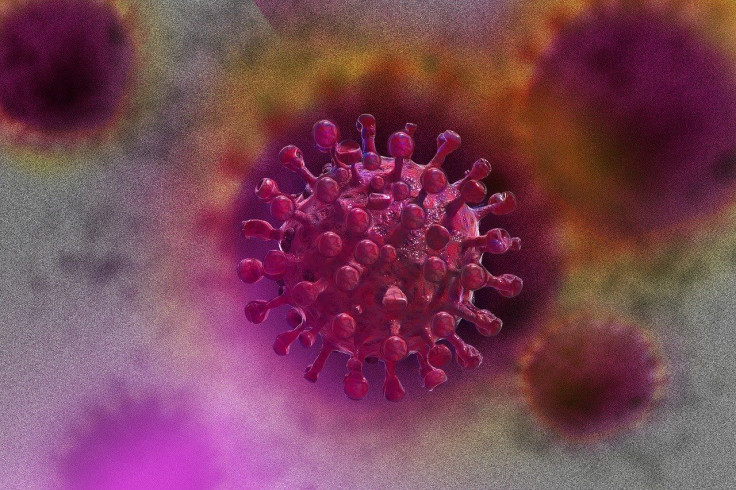COVID-19 Update: New MIT Research Discovers Cells Targeted By The Coronavirus
KEY POINTS
- MIT researchers announced they had identified human cells targeted by the coronavirus
- Cells in nasal passages, lungs, and intestines are all targets of the deadly virus
- Scientists hope their findings can help in the fight against COVID-29
Scientists used the current data set on RNA found in several types of cells to find those having two proteins known to allow coronavirus to penetrate human cells. This was announced by MIT in a news release.
At the outset of the pandemic, scientists were able to learn that viral “spike” proteins bind themselves to a particular receptor on human cells. These receptors are the angiotensin-converting enzyme 2 or ACE2. An enzyme called TMPRSS2 then helps activate the coronavirus “spike” protein, which then allows the latter to enter the cell.

Binding And Activation
The binding and activation combination of the virus allows it to enter host cells, MIT researchers explained. At present, scientists just need to identify the precise cells which express these proteins, making them more vulnerable to infection.
One of the study’s senior authors, Dr. Jose Ordovas-Montanes, revealed that the moment they realized the role of the proteins, they started examining where the genes are in existing datasets. “We were really in a good position to start to investigate which are the cells that this virus might actually target,” said Dr. Ordovas-Montanes.
Breakthrough Discoveries
The MIT researchers used datasets that include hundreds of cell types from nasal passages, intestines, and the lungs. These are the known organs that are being targeted by the virus. The team of scientists discovered that goblet secretory cells in the nasal passages, absorptive enterocytes in the intestines, and Type II pneumocytes in the lungs were likely targets for coronavirus.
Scientists explained that the goblet secretory cells are responsible for producing mucus. Absorptive enterocytes, on the other hand, are in charge of absorbing some nutrients, while Type II pneumocytes keep your lungs open.
More Things To Learn
According to Dr. Ordovas-Montanes, while their discovery is not yet the full story, it has made them understand more how the virus behaves and how the human cell reacts. “This may not be the full story, but it definitely paints a much more precise picture than where the field stood before. Now we can say with some level of confidence that these receptors are expressed on these specific cells in these tissues,” Dr. Ordovas-Montanes said.
The team of scientists at MIT hopes their findings can help other scientists who, at this very moment, are working to develop treatments and cure. The researchers also expressed hope their findings can also help those who are in the process of testing existing drugs that could be re-engineered for use against COVID-19. Dr. Alex K. Shalek, MIT associate chemistry professor, said their goal is to get the information out to the scientific community and to share relevant data as soon as possible. Dr. Shalek said that through this, “…we can help accelerate ongoing efforts in the scientific and medical communities.”
The research was published in the journal Cell and is a collaborative work by MIT researchers, MIT and Harvard, Broad Institute of MIT and Harvard, and Ragon Institute of MGH. Scientists located in various parts of the world also contributed to the research.
© Copyright IBTimes 2024. All rights reserved.





















